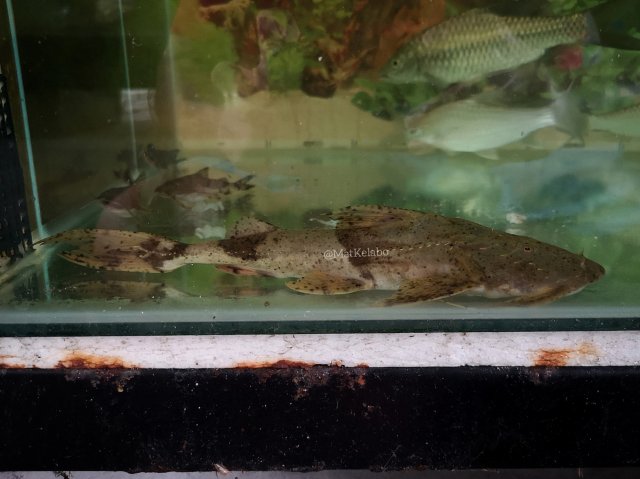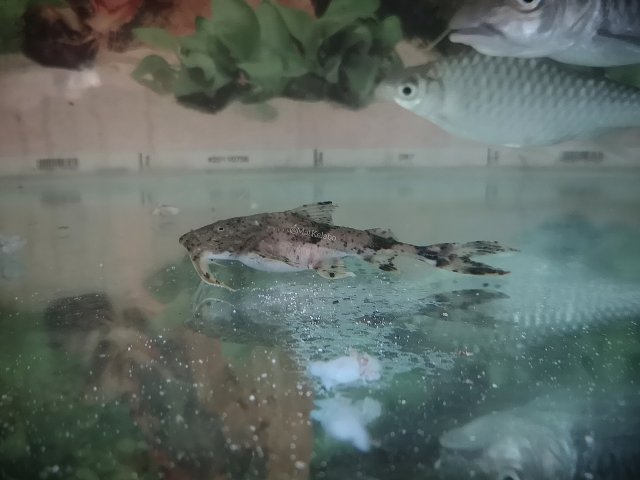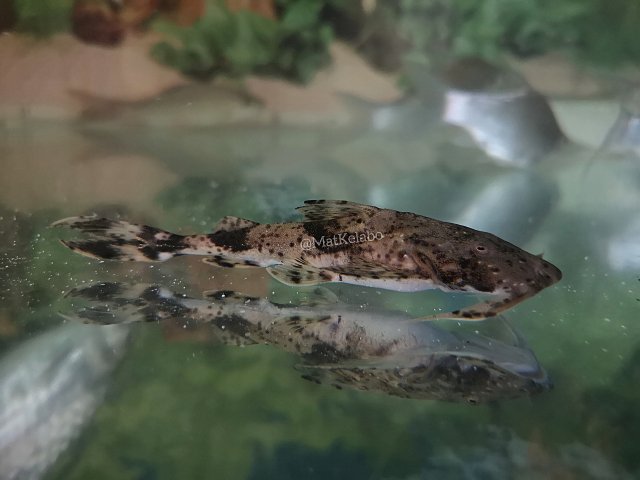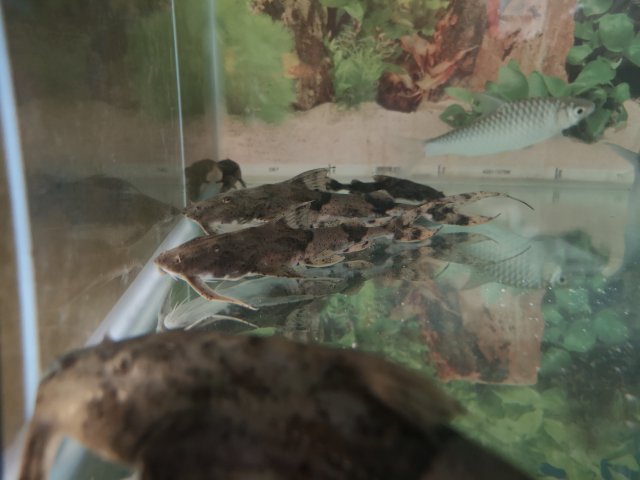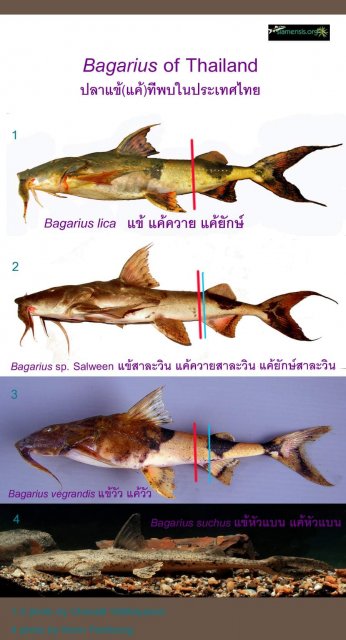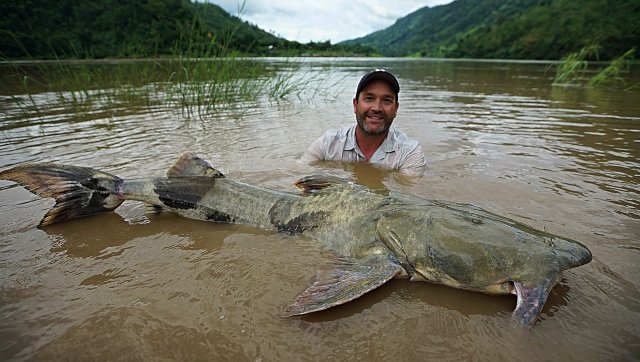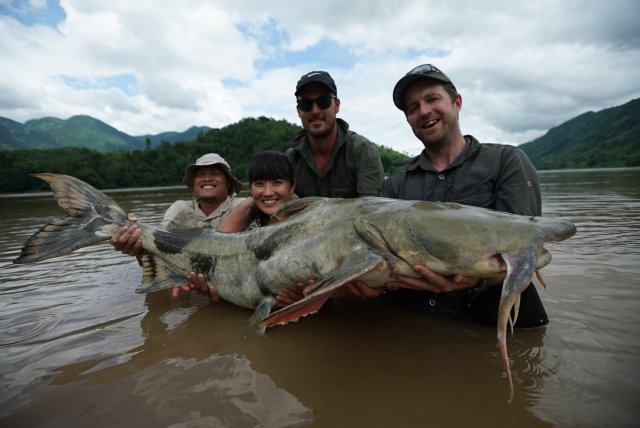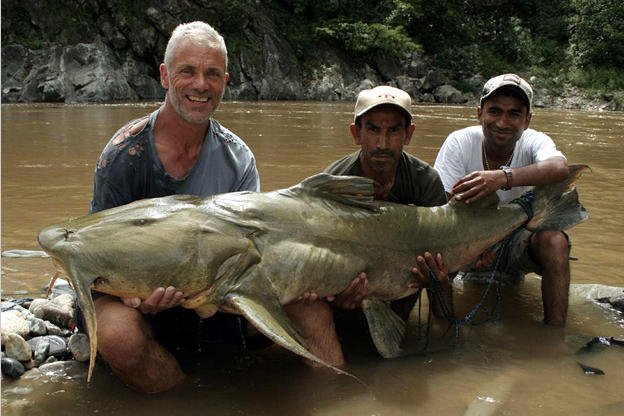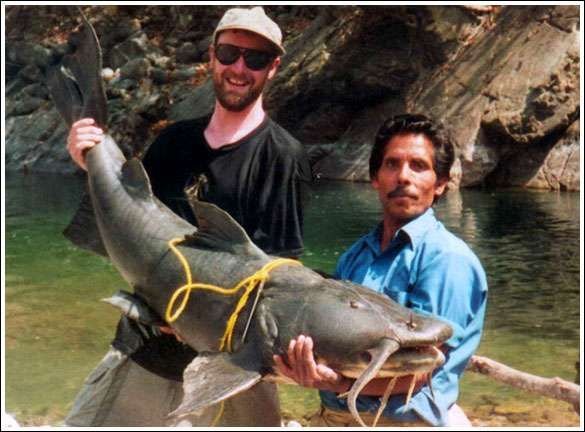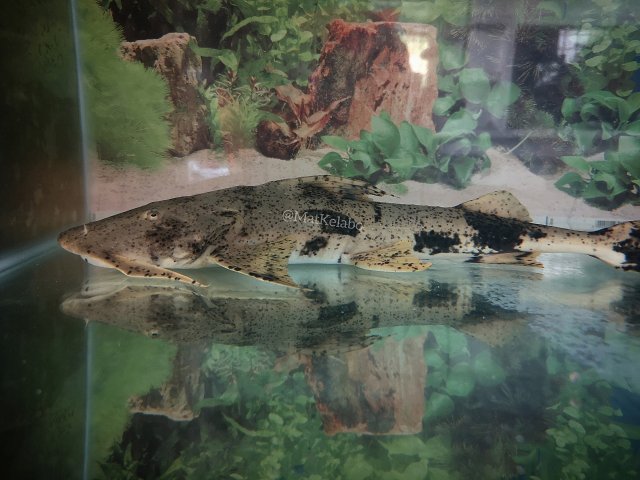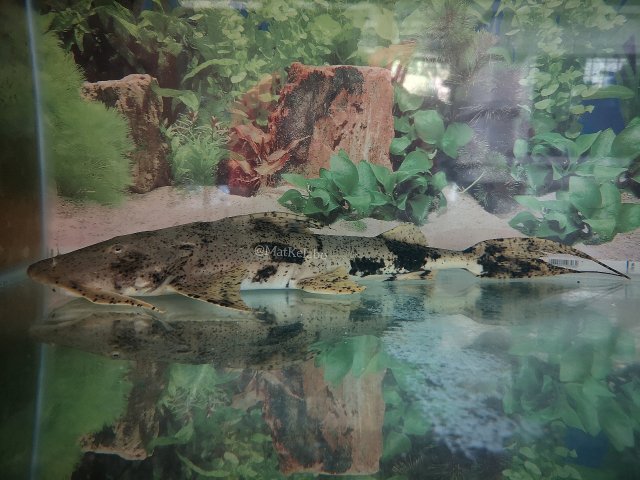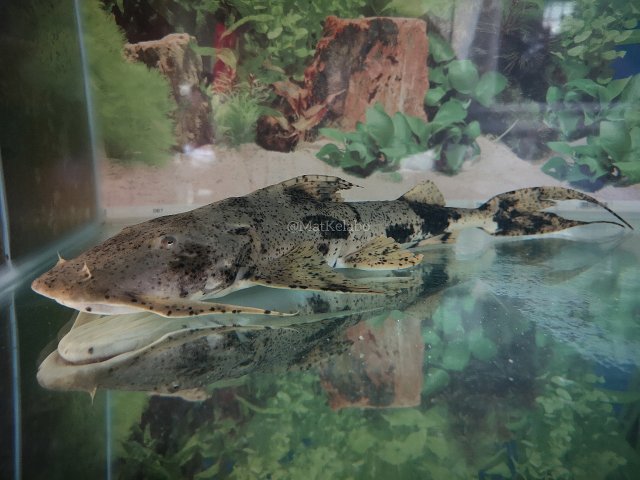Maybe more complicated than you thought.
I believe they are no longer using B.Yarelli as this is the synonym of B.Bagarius. It’s Bagarius that is now the Indian variant. But no mention to the differences between the two, in particular any physical differences or indeed water temperature differences, which I still find it hard to believe that all the folks that have lost Goonch at warmer temperatures had nothing to do with type (if they are now both the same).
As for anal fin and dorsal, yes my mistake for copying what you had wrote above, albeit b.bagarius has a different dorsal fin to b.yarrelli imo, which I know counts for nothing.
As for head “thickness”, not sure yet, I see head thickness varying depending on flow so still think a fish that favours strong flow will have a more streamlined head shape, but for all we know yet we may see sexual differences in head shape within the same river. Still a lot of work to be done, but I am thankful another catch location has been found and potentially another variant.
Oops, how the hell have i missed that. Too late now, can't edit it. Yeah, i meant adipose & anal fin. The 4 species picture doesn't show the differences in dorsal fins.
Those indian goonch, the latest research 2021 by Heok Hee Ng & Maurice Kottelat, the main research are descibing new species B. vegrandis but it has some notes on those Indian bagarius. Apparently you're right about the name, B. yarrelli are the jr. synonym so B. bagarius are the sr name & currently in use. I don't have the access of the full paper but I'm sourcing from summary notes of the research. Conclusively, B. bagarius & B. yarrelli being merged into 1 species for now. Though perhaps they do have their differences, it can be trophic polymorphism, maybe full paper have done molecular test & have the same results. In any case, future research needs to be done so it can be definite.
Don't think temperatures implying different species. Higher elevation fish are more sensitive to the changes in the water (temperature, ph, etc) than lower elevation fish. I have tested it with few different fishes. Low elevation are much hardy fish.
I have seen a lot of salween's specimens, I'm also a salween importer in my country. I could say majority, if not all, have very compressed physical shape. Also it is supported by other of my fellow friends. My friends being ichthyologist, citizen experts. Most of their fish i refer their expertise.
